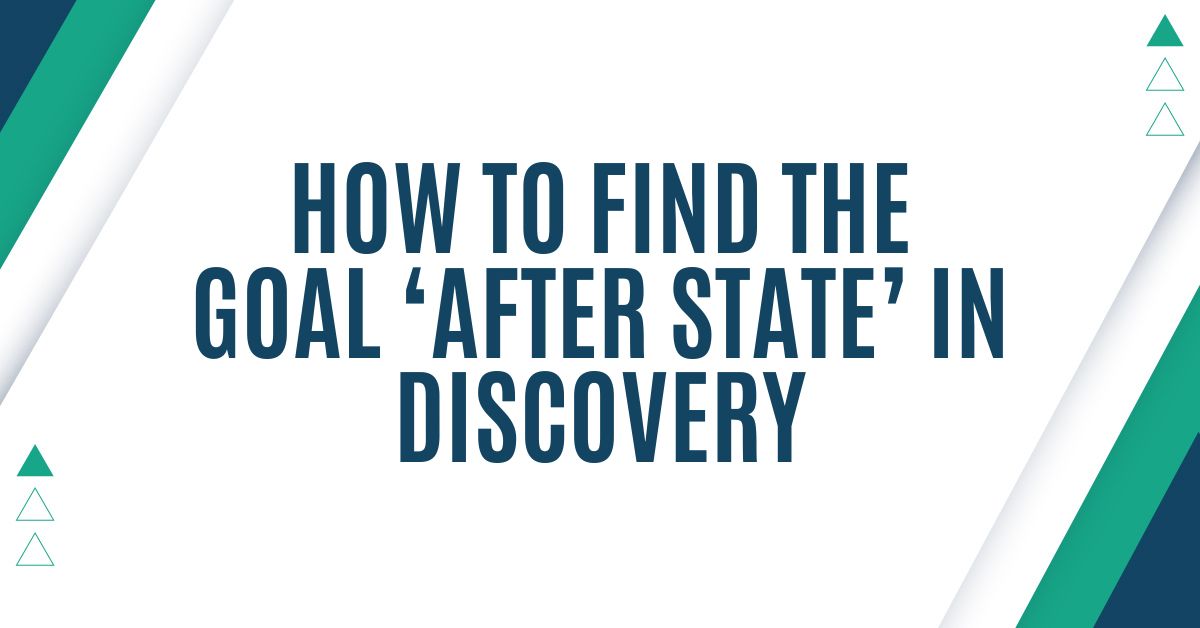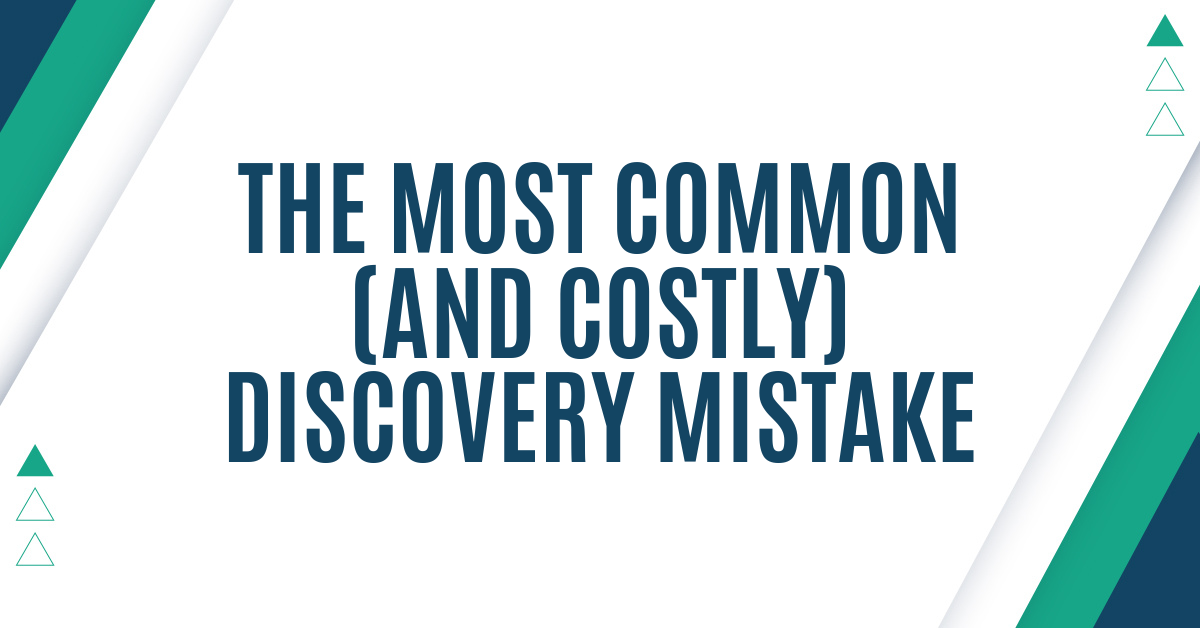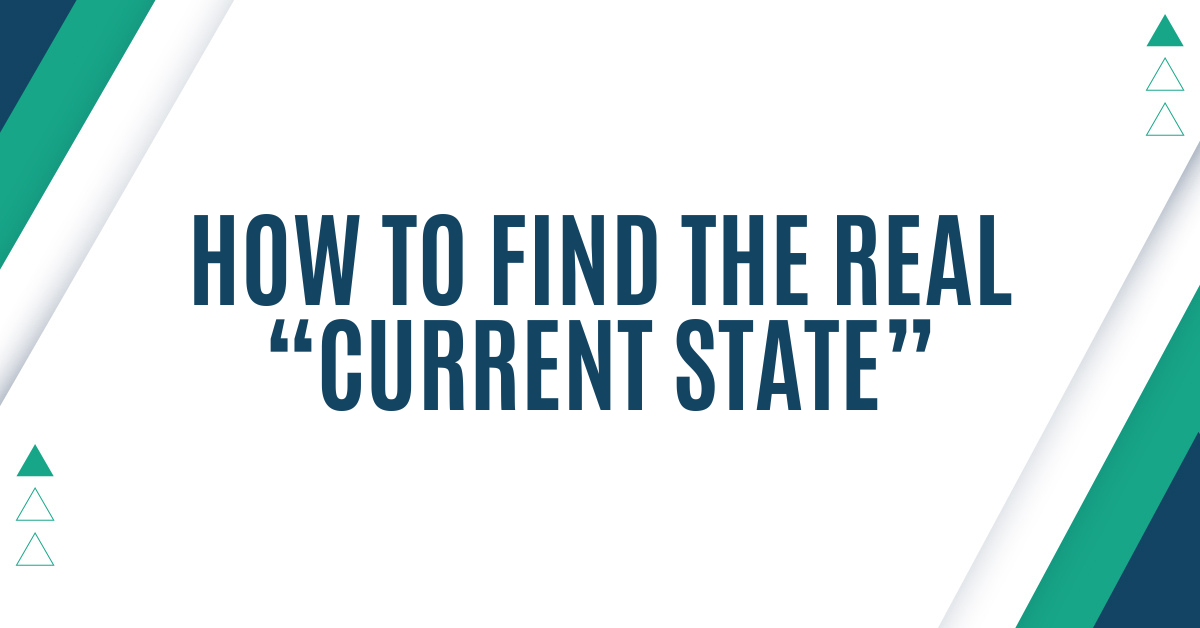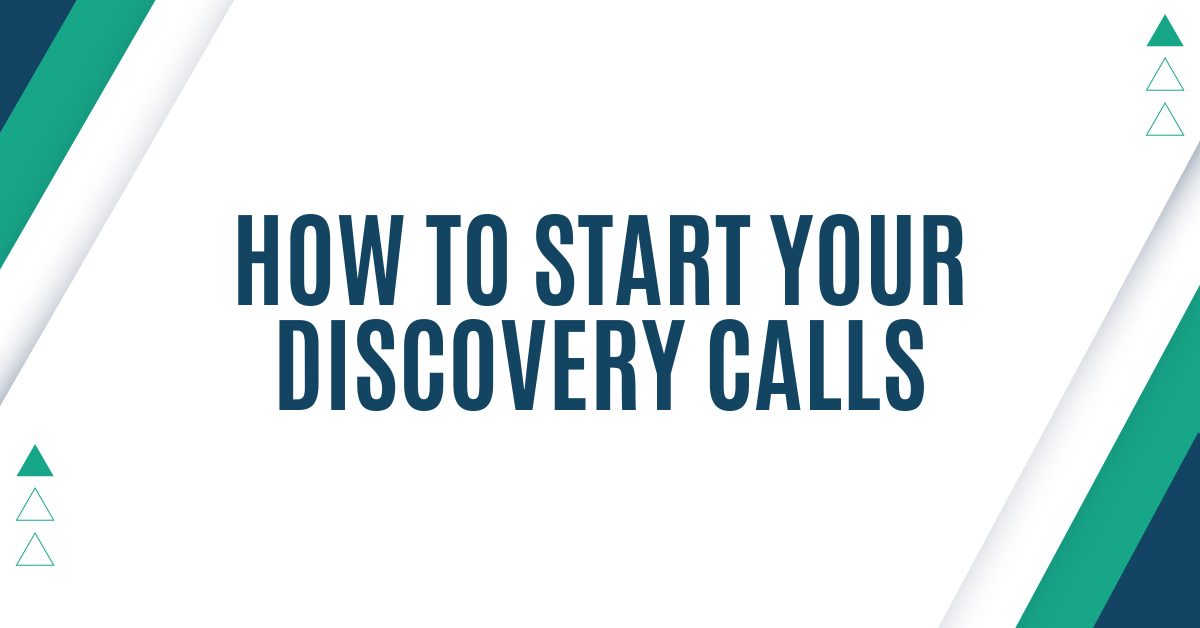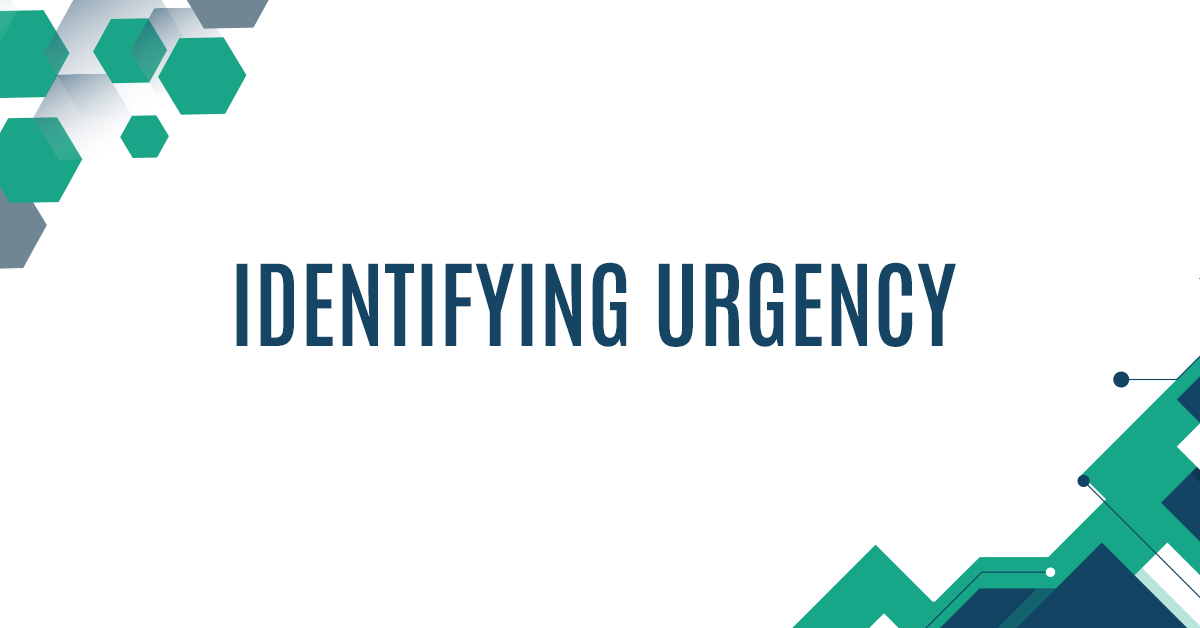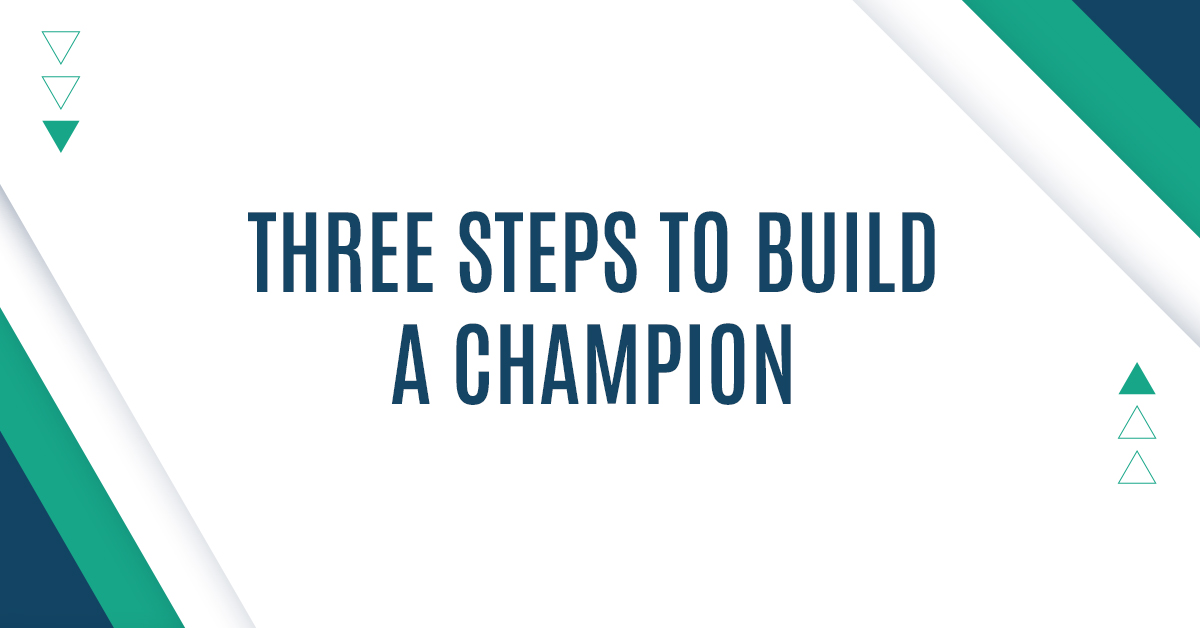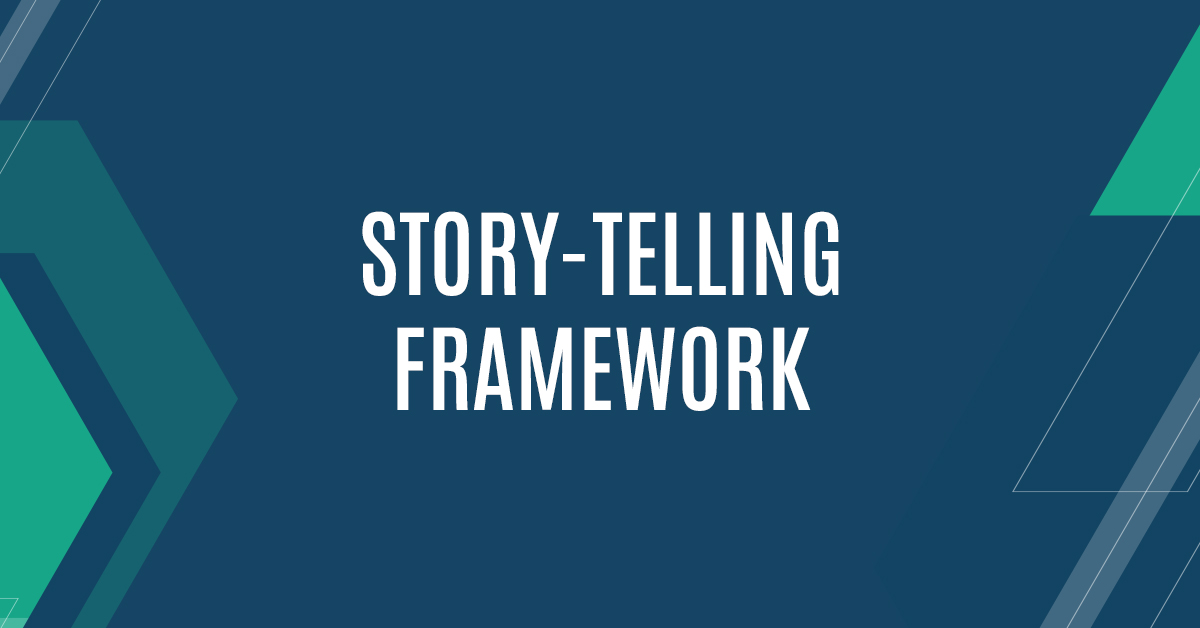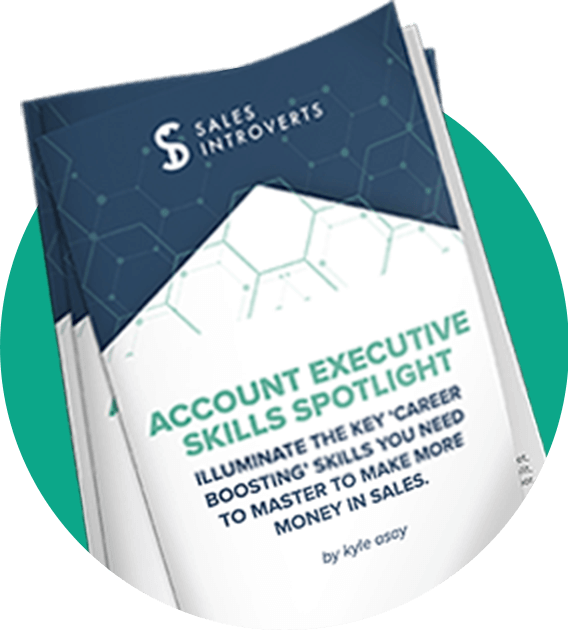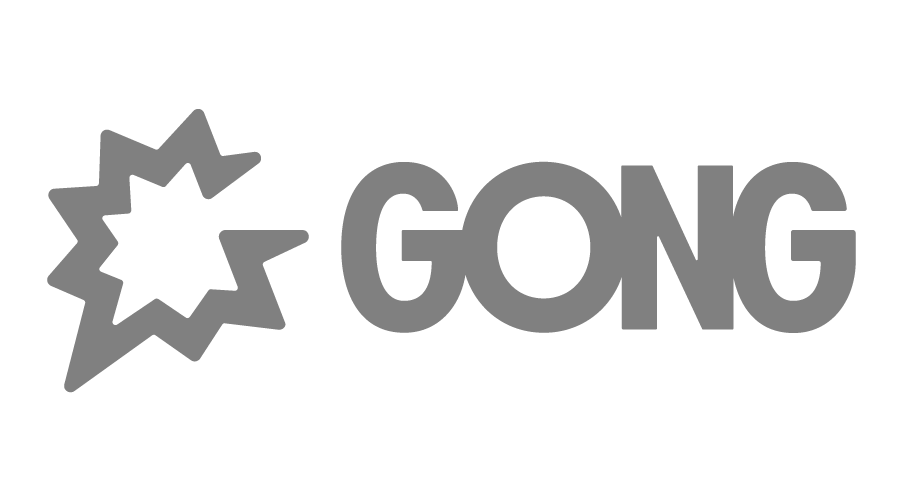One of my three priorities for Q3 is to improve my organization’s discovery conversion rate.
To help move this priority forward, I’ve spent several hours working with our enablement, marketing, and operations teams to create a “First Meeting Deck” to drive meaningful, value-based conversations early in the sales process.
This exercise has forced me to consider how discovery can be taught and executed at scale.
This is the third post of a series where I’ll walk you through the outcomes (and example questions) that may help you improve your ability to quickly engage in deep discovery.
If you missed the first post (point-of-view and priorities), you can read it here.
If you missed the second post (current state and blockers) you can read it here.
If you missed the third post (negative consequences), you can read it here.
Today, we’ll cover after state.
Finding the Desired After State
After state is part uncovering, part educating.
Keep in mind that your buyers aren’t experts in your space – their imagination of what a great solution looks like is usually basic. And if they imagine a basic solution is the best fit, you’ll end up competing on price with your most basic competitors.
I like to transition to this part of discovery by sharing “the art of the possible,” ideally through relevant customer stories. Before asking “what do you want your process to look like,” I want the customer to start thinking bigger.
I also want them to be confident that I have a point-of-view of how to help them. You don’t want your buyer feeling like they have to figure out the solution on their own – the minute they feel like you can’t help guide them to an optimal solution is the minute they stop agreeing to meet with you.
Here’s a question I like to ask to start uncovering the buyer’s goal after state:
“I’m happy to share how more examples of how others have solved for [negative consequence]. Before I jump into that, I’d love to learn what you think your process look like if you eliminated [negative consequence].”
As they share, be sure to clarify and take the opportunity to build on their ideal current state with your knowledge.
Then, you could ask:
“What operational changes would you need to make to reach that goal state?”
Two simple questions, made more impactful by the customer story you’ll share to open up the conversation.
Done well, you’ll leave this part of discovery:
- Influencing their desired after state
- Understanding their desired after state
- Defining the gap between current state and after state
In the final email of this discovery series, we’ll cover positive business outcomes.
Have a great week,
Kyle
p.s. One of the most frequent questions I get is, “What made the biggest difference in your career?” My answer is always the same: understanding the buyer process and ensuring my sales process aligned.
If you’d like to make the same shift that took me from the bottom of the sales floor to the top, I recommend my Buyer Psychology Program.


